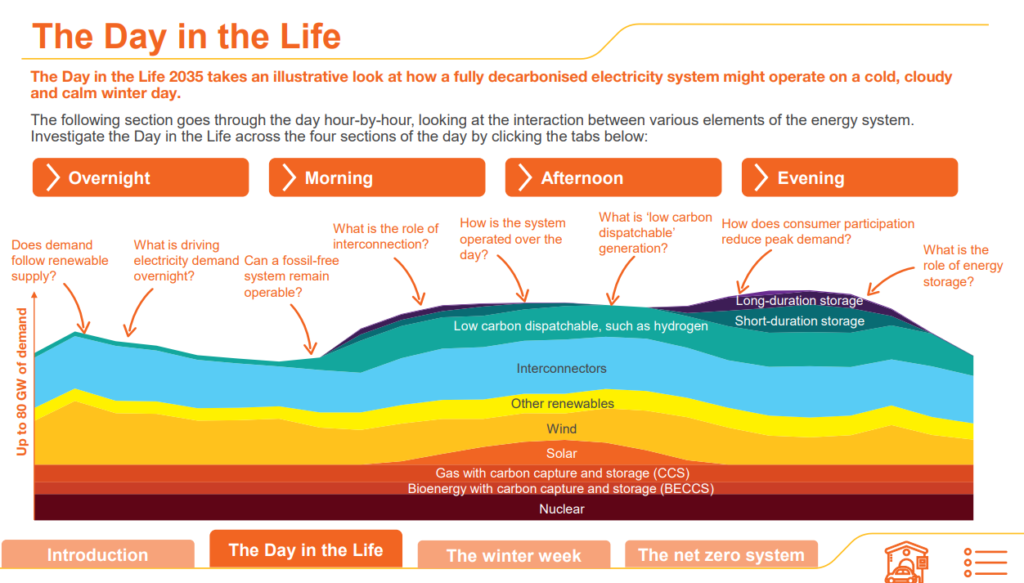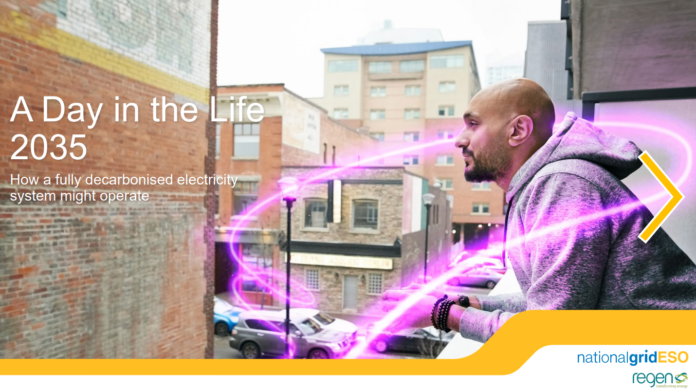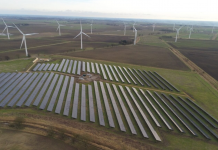A new interactive report, produced by Regen for National Grid Electricity System Operator, takes a detailed look at a ‘day in the life’ of a fully decarbonised electricity system by 2035.
The ‘Day in the Life 2035’ study provides a snapshot of how a net zero power system could function on a cold, calm and cloudy winter day. The report presents an hour-by-hour analysis highlighting the energy system challenges that must be addressed to ensure system resilience and maintain security of supply.

The report points to a smarter, more integrated energy system based on renewables that avoids the use of unabated fossil-fuelled generation by drawing on the full range of flexibility solutions to meet the increased demand for electricity from electric vehicles and low carbon heating systems. The report concludes that:
- the technical solutions needed to operate such a system, including energy storage and smart technologies that enable far more consumer participation, are available or are attainable with continued innovation;
- bringing these solutions together will require a step-change in the level of investment, as well as the mobilisation of all parts of the energy industry and the participation of businesses and energy consumers.
Jonty Haynes, senior energy analyst, Regen, commented, “A common challenge for a renewables-based power system is how to keep the lights on when the wind isn’t blowing and the sun isn’t shining.”
Becky Hart, strategy manager, National Grid ESO, commented, “The Day in the Life provides insight into how the system could be operated on a cold, dark, still day in January 2035. It shows that a fully decarbonised electricity system is achievable and resilient, but requires starting the energy transition now.
“To accompany this work we have created a flexibility timeline with milestones and actions, which outlines what needs to happen when to make this flexible energy system a reality.”
The report identifies the key features of a high renewables, net zero electricity system as:
- Energy storage, alongside development of low carbon dispatchable generation
- Extensive demand-side flexibility from consumer participation
- Smart technologies and agile, efficient markets to unlock flexibility from across the energy system
- Integration, interconnection and diversity of supply
- Developing new tools and techniques to ensure system operability
- Collaboration and coordination between system and network operators, and a wide range of market actors, to ensure that the energy system works effectively and fairly.
The full report is available alongside other National Grid ESO Bridging the Gap materials here.




